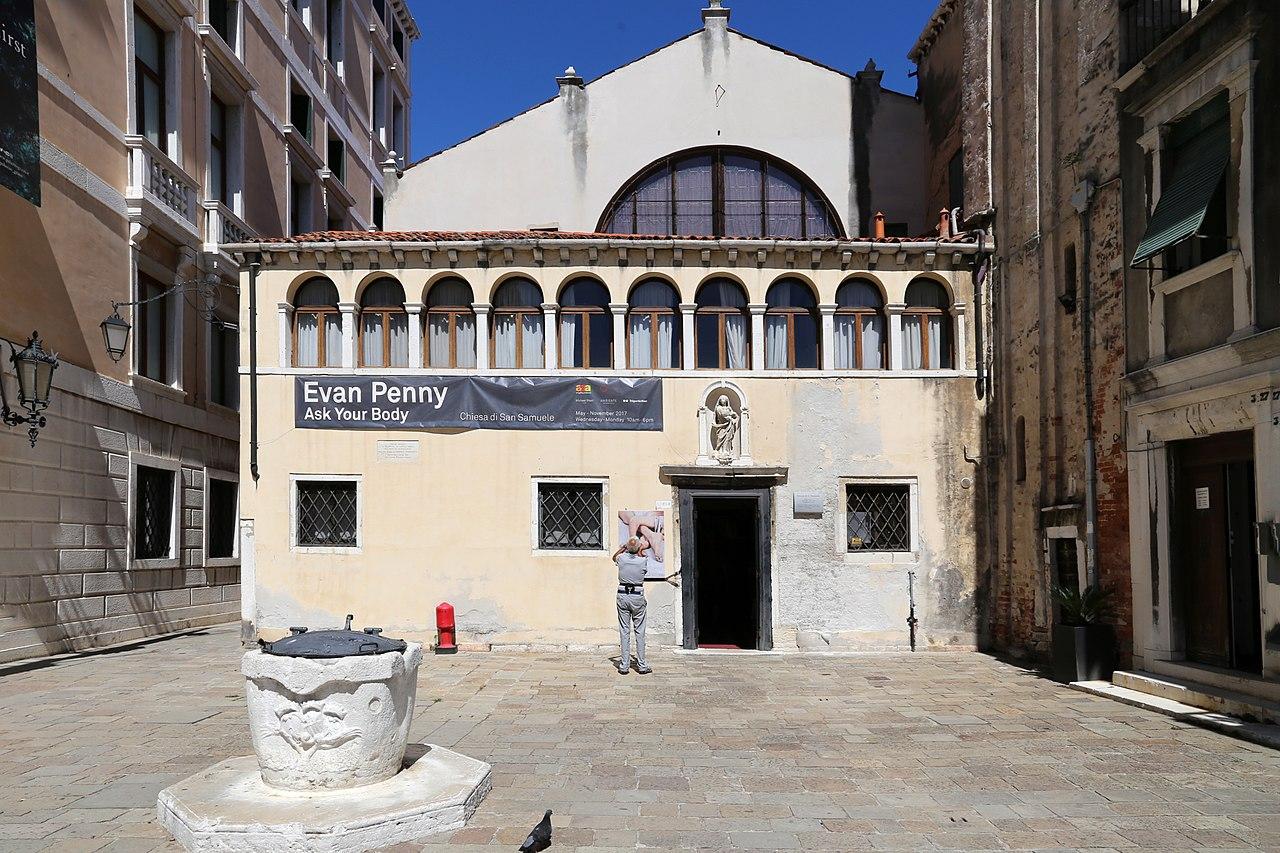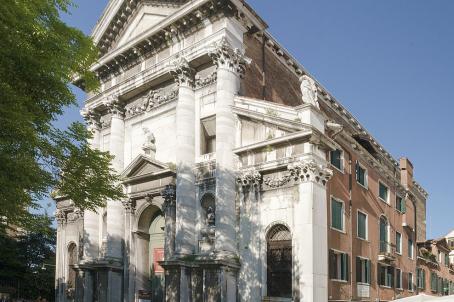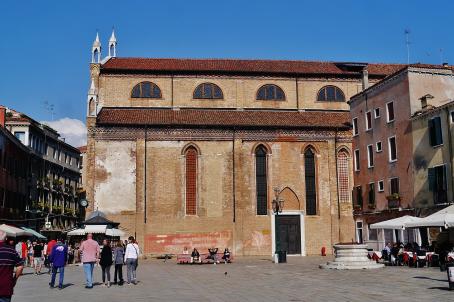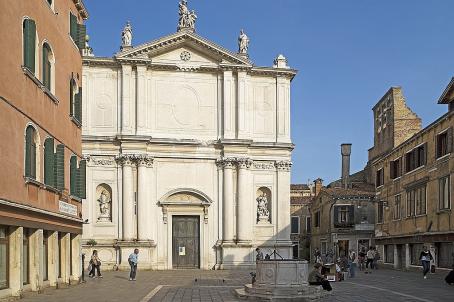Chiesa di San Samuele
The church of San Samuele was built around the year 1000 by the Boldù and Soranzo families. It was destroyed at the beginning of the 11th century by two fires and then rebuilt. It was rebuilt almost entirely in 1685. The portico of the façade, now closed, is topped by a loggia added in 1952. Despite the restructuring of the nave and façade in 1685, the late Gothic apse has remained intact.






